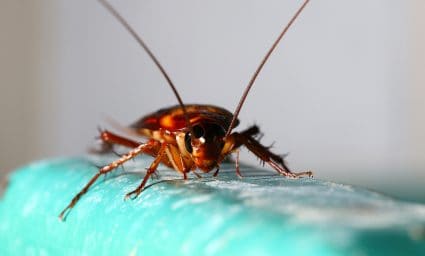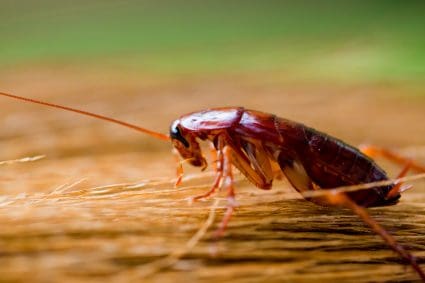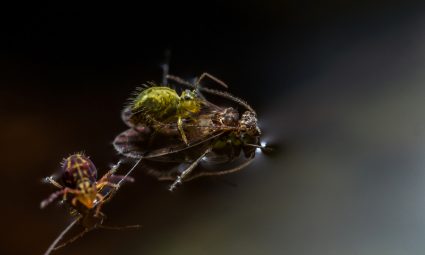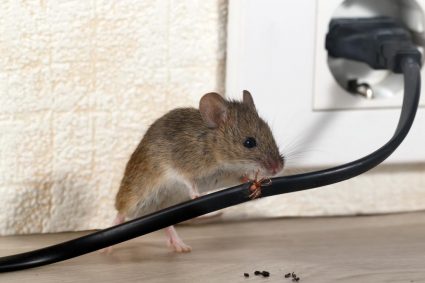
The time it takes for an exterminator to get rid of mice depends on several factors, including the size of the infestation, the methods used, and the specific circumstances of the property. In general, it can take anywhere from a few hours to a few days for an exterminator to address the issue. However, it’s important to note that the complete elimination of mice may take between 1-3 months, as exterminators often need to make multiple visits to ensure the infestation is fully eradicated.
The time it takes an exterminator to get rid of mice can vary greatly depending on factors like the size of the infestation, the methods used, and the specific circumstances of the property. Generally, an exterminator might spend a few hours to a few days on initial treatment. However, complete elimination often requires multiple visits over a period of 1-3 months.
Factors Influencing the Extermination Timeline
The timeframe for mice extermination depends on several variables. Here are some of the key factors:
- Size of the infestation: A larger infestation naturally takes longer to exterminate. A small infestation might be resolved in a few hours or days, while a massive infestation could take weeks or even months to fully address.
- Extermination methods: The methods used for extermination can also impact the timeframe. Common methods include trapping, baiting, and poisoning. The effectiveness of these methods depends on proper placement, bait choice, and the number of traps or bait stations used.
- Reproduction rate: Mice reproduce rapidly, making it challenging to exterminate mice quickly, as their population can grow faster than they can be eliminated.
- Sanitation and prevention measures: Proper sanitation and prevention measures can help reduce the likelihood of a mouse infestation and make extermination efforts more effective.
- Professional assistance: Hiring a professional exterminator can help ensure that the extermination process is thorough and effective.
Initial Steps in the Extermination Process
Upon arrival, an exterminator will typically follow a set of initial steps to assess the severity of a mice infestation. These steps include:
- Inspection: Examine the interiors and exteriors of your home to identify entry points and the extent of the problem.
- Identifying the type of rodents: Determine the type of rodents present, as different species may require specific treatment methods.
- Assessing the extent of the infestation: Look for signs of mice presence, such as droppings, chewed wires or furniture, tracks, unpleasant odors, or even sightings of the pests.
- Determining the severity: Based on the inspection and assessment, the exterminator will determine the severity of the infestation, which will help them decide on the most appropriate treatment methods.
Extermination Methods and Their Timeframes
Professional exterminators use a combination of methods to get rid of mice:
- Exclusion: Sealing entry points in the home to prevent mice from entering. This can take a few hours to a day depending on the size of the property.
- Snap traps: Placing snap traps in areas with droppings or where mice are likely to be found. The traps need to be checked daily.
- Bait stations: Using bait stations to kill large mice colonies over time. This method can take a few weeks to a month to be fully effective.
- Fumigation: In severe infestations, exterminators may use fumigation as a last resort. This is typically a quicker process, taking a few hours to a day, but requires leaving the property during treatment.
Signs of Successful Extermination
After the extermination, you should notice a significant reduction in pest activity. This includes fewer sightings of pests, less noise from pests in walls or attics, and a decrease in pest droppings. The absence of new footprints or tracks and a reduction in unpleasant smells are also signs that the extermination has been effective.
Preventative Measures Post-Extermination
After extermination, it’s essential to take steps to prevent future infestations. These measures include sealing off cracks and holes, maintaining good sanitation and cleanliness, storing food in air-sealed containers, and removing potential pest attractions.
By understanding the process and timeline of extermination, you can better prepare for and manage a mice infestation. Remember, the key to effective extermination is early detection and professional intervention.
Frequently Asked Questions
What are the signs of a mice infestation?
Signs of a mice infestation include droppings, chewed wires or furniture, tracks, unpleasant odors, and sightings of the pests. You might also hear noise from pests in walls or attics.
What are the most effective methods to get rid of mice?
The most effective methods to get rid of mice involve a combination of exclusion (sealing entry points), snap traps, bait stations, and in severe cases, fumigation. However, the effectiveness of these methods greatly depends on the size of the infestation and the professional handling the extermination.
How can I prevent future mice infestations?
To prevent future mice infestations, it’s crucial to seal off any cracks and holes in your home, maintain good sanitation and cleanliness, store food in air-sealed containers, and remove potential pest attractions.
Do exterminators always need to make multiple visits to get rid of mice?
Yes, exterminators often need to make multiple visits to ensure the infestation is fully eradicated. This is due to the rapid reproduction rate of mice and to ensure that all stages of the mice population (adults, juveniles, and babies) are effectively eliminated.
How long after the extermination will I notice a reduction in pest activity?
After the extermination, you should notice a significant reduction in pest activity immediately. However, complete elimination of mice may take between 1-3 months, as exterminators often need to make multiple visits.











